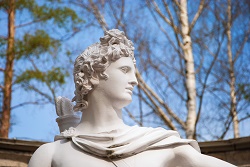
Short answer: It’s not the destination but the journey. (You’ve read that on a poster somewhere, haven’t you?)
First some information on Norman Dello Joio (whom I was at first confusing with Ola Gjello). Dello Joio had a fascinating life and career. He was descended from an Italian family known for producing church organists, and he himself became one at age fourteen at the St. Mary Star of the Sea church in the Bronx. (Isn’t that a cool name for church? If you’d like to read an explanation of why Mary would be associated with this title, go to my post here.) His father was a teacher and performer, and his childhood was full of music and also musical glamour, as some of his father’s voice students were from the Metropolitan Opera and would arrive for their lessons in their Rolls Royces. Dello Joio was given a scholarship to Julliard and then went on to graduate studies there, ultimately deciding that he didn’t want to spend the rest of his life in church organ lofts. Instead he pursued a career as a composer, studying composition in 1941 with the great German composer Paul Hindemith at Yale. (Hindemith had emigrated to the US from Germany in 1940.) Hindemith encouraged Dello Joio to remember that his (that is, DJ’s) music was “lyrical by nature.” Dello Joio said that he hadn’t understood Hindemith’s statement at the time but realized later that he meant, “Don’t sacrifice necessarily to a system, go to yourself, what you hear. If it’s valid, and it’s good, put it down in your mind. Don’t say I have to do this because the system tells me to. No, that’s a mistake.” (This information is from the Dello Joio official website; you can read more about his life by going here.) Dello Joio went on to have an extremely successful career as a composer, with his latest work dating to 2003, five years before his death, when he was ninety.


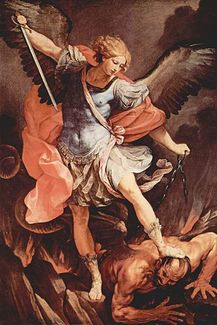
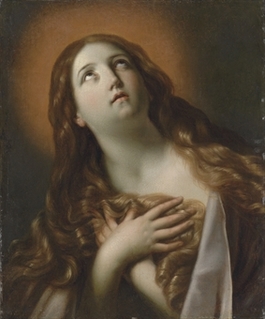 The meaning of the the Requiem text, part 4.
The meaning of the the Requiem text, part 4.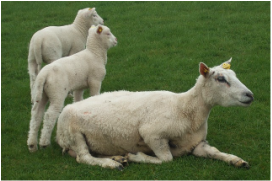 The meaning of the Requiem text, part 3:
The meaning of the Requiem text, part 3:
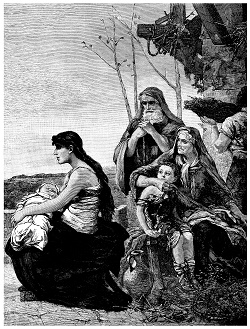 The meaning of the Requiem text, part two:
The meaning of the Requiem text, part two: I wrote last week about the constraints Mozart worked with as he composed the Requiem. Starting with this post I’ll look at the text of the various sections, as many as I can squeeze in, and perhaps an attempt at times to draw a connection between the words and the music.
I wrote last week about the constraints Mozart worked with as he composed the Requiem. Starting with this post I’ll look at the text of the various sections, as many as I can squeeze in, and perhaps an attempt at times to draw a connection between the words and the music.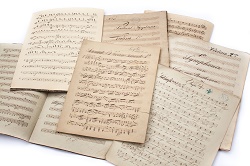 There’s a famous essay by Edgar Allan Poe titled “The Philosophy of Composition,” in which the poet and storyteller outlines what he says to be the method used in writing his famous poem, “The Raven.” I rather blush to say that I have taught about this piece in a high-school English class (hey, it was in the anthology) and taken it seriously, as indeed a quick Google search will show that most reviewers do.
There’s a famous essay by Edgar Allan Poe titled “The Philosophy of Composition,” in which the poet and storyteller outlines what he says to be the method used in writing his famous poem, “The Raven.” I rather blush to say that I have taught about this piece in a high-school English class (hey, it was in the anthology) and taken it seriously, as indeed a quick Google search will show that most reviewers do.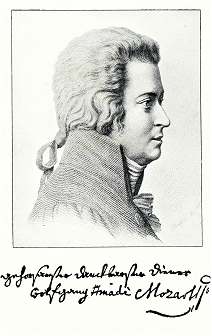 Who really commissioned Mozart’s Requiem, and who actually wrote it?
Who really commissioned Mozart’s Requiem, and who actually wrote it?
